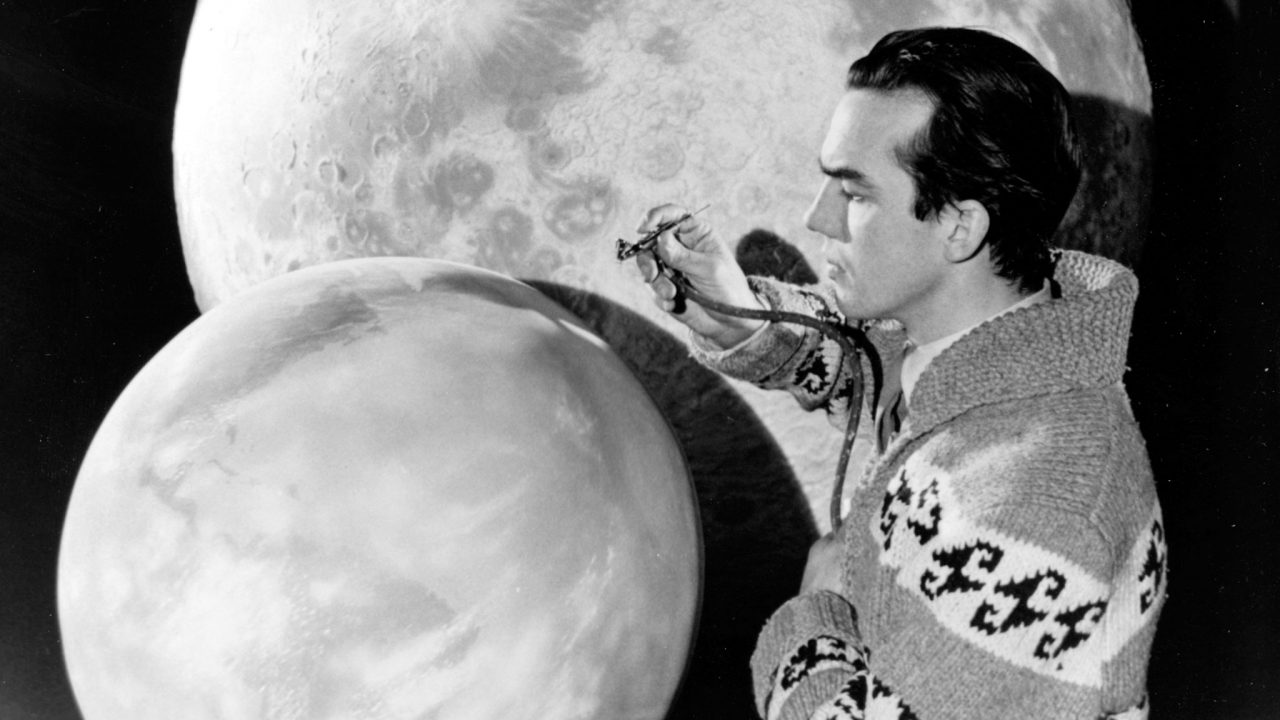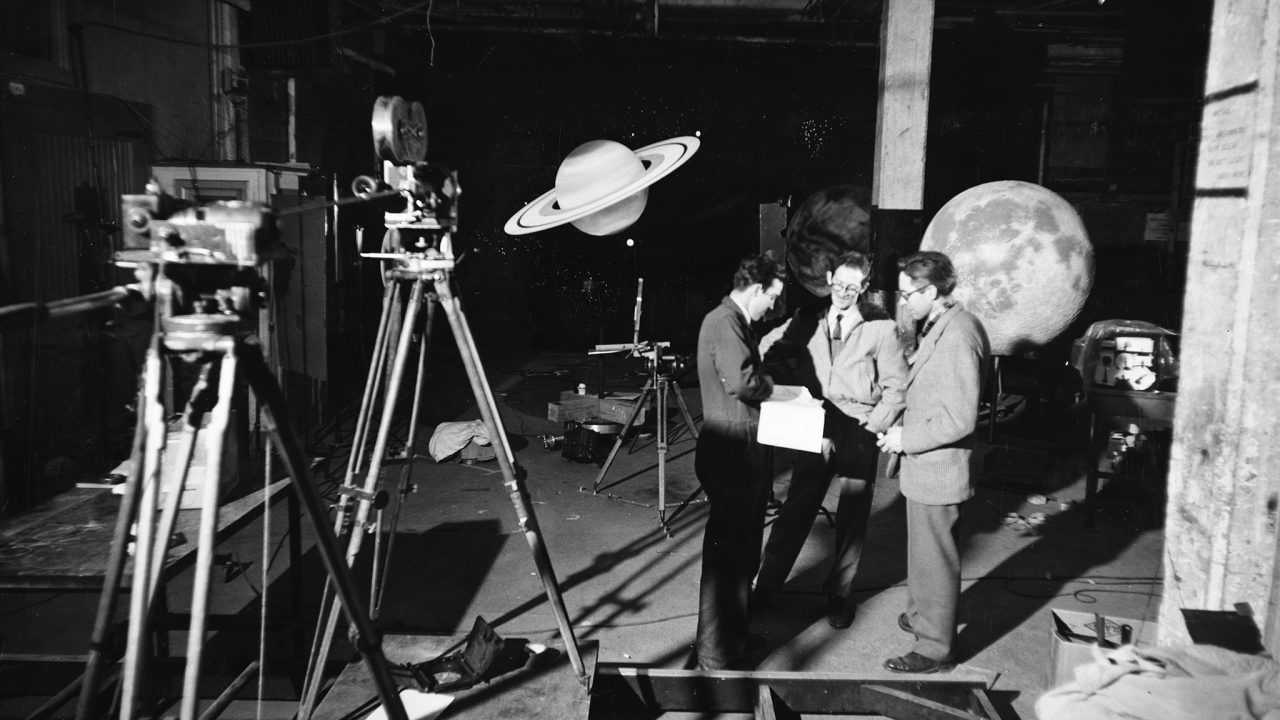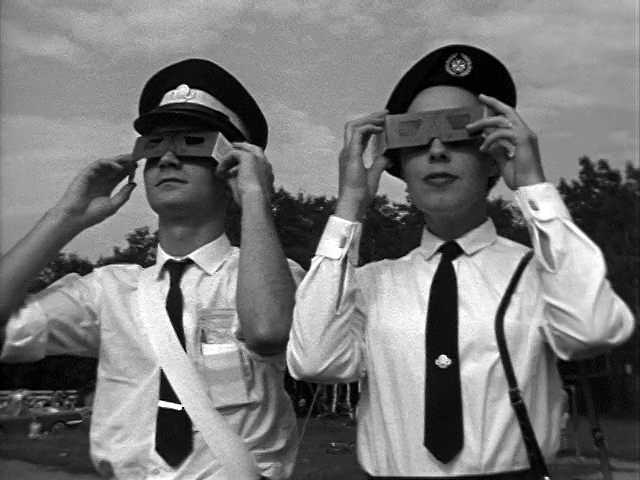
Universe, 60 Years of Science Later
Universe, 60 Years of Science Later
What was the universe like before we could observe it? Universe answers this question by showing us things we could not see in 1960, such as planets viewed from their moons or surfaces, tumbling asteroids, and the motion of galaxies.
Watching this film offers a perspective on space and the world from a time before space exploration, a perspective that’s both strange and familiar.
Universe, Roman Kroitor & Colin Low, provided by the National Film Board of Canada

Six decades of scientific research have completely upended our understanding of the universe and revealed misconceptions that no one in 1960 could have recognized. The development of space exploration programs and new observation technologies has revealed how little we knew when Universe was made. The incredible advances in astronomy we’ve seen in recent decades raise an obvious question: What knowledge that we hold true today will be shown to be false 60 years from now? What new boundaries will be crossed thanks to future developments in astronomy?
The great explorers
When Universe was made, humanity was only just starting to explore space. It was not until 1961 that Yuri Gagarin became the first human to orbit the Earth. Four years later, the Mariner 4 probe sent humanity the first images of another planet taken from space. Later missions taught us an enormous amount about the other bodies in our solar system and transformed our preconceived ideas about the other planets. Watching Universe today, a little critical thinking is all it takes to spot and explain its errors. They are the result of the vastly different technology available then.

500 million miles out from the sun: the giant planet Jupiter, ruling 12 moons.
Space probes such as the Viking 1 and 2 landers have brought us knowledge that would be impossible to gather from Earth. Biological work done by these two probes on the surface of Mars showed that the Red Planet is not inhabited by intelligent life or covered with vegetation. Up to the start of the 20th century, it was considered likely that life abounded in the solar system. However, the study of the planets has shown us that we are completely alone, at least in terms of life near the Sun. The fact that we have yet to find any human siblings among the stars is an excellent example of how science has transformed how we see ourselves.
New eyes for Earth
Between 1960 and 2020, the size of the largest telescope doubled, from 5.08 metres (the Hale Telescope on Mount Palomar) to 10.4 metres (the Grand Telescope of the Canaries). A quick calculation of area shows that by doubling a telescope’s radius, you quadruple its light-gathering capacity. However, the greatest advances in our ability to observe the cosmos have not come from increased telescope size. Astronomical research has gone digital, and the use of electronic sensors rather than photographic plates means that even smaller modern telescopes give the large telescopes of the past a run for their money.

“In that sea are islands. Continents of stars that we have named the galaxies. The largest known forms in the universe. Hundreds of billions of suns bound together by gravity, rotating around their common centre once in 200 million years.” – Narration from Universe
Modern techniques and telescopes have drastically altered our understanding of space. They are so powerful that we’ve even been able to see and study planets outside of our own solar system. New telescopes have revealed details about our own galaxy and expanded our horizons out to the first glimmers of light after the Big Bang. While Universe speaks of galaxies being the largest known structures, we now know that they are grouped into clusters and superclusters, themselves just small parts of thread-like galaxy filaments.
A new world

“The ground beneath our feet is the surface of a planet whirling at thousands of miles an hour around a distant sun. Our life is possible only because of the light and warmth of that sun, a star. Yet the sun which shines on us is one out of billions of such stars in the universe.” – Narration from Universe
Sixty years of astronomical research have given us not only new knowledge but also new ideas. Astronomy has revealed our place in the universe—and shown us how infinitesimally tiny we are. The fear of being insignificant in an indifferent Cosmos has had an important effect on our society and on our relationship with space and the Earth. Universe and other works of art were among the first to give us a collective sense of the universe’s immensity. It was only later that actual images contributed to the task that astronomy seems to have taken on—that of putting us back in our cosmic place as grains of stardust.

“Look again at that dot. That’s here. That’s home. That’s us. On it everyone you love, everyone you know, everyone you ever heard of, every human being who ever was, lived out their lives.” – Carl Sagan
Follow the Planetarium on Facebook // Twitter // Instagram // #PlanetariumRiotintoAlcan
Yann Audin is a science guide at Montreal’s Rio Tinto Alcan Planetarium. He holds master’s and bachelor’s degrees in physics, with a major in literature and a minor in mathematics. He has worked as a science advisor for the Théâtre bienvenue aux dames and as a teaching assistant at Bishop’s University. Yann is passionate about science fiction, astronomy, and film. He will begin a master’s degree in comparative literature at Université de Montréal in September 2020.
Pour lire cet article en français, cliquez ici.
Discover more Educational blog posts | Watch educational films on NFB Education | Subscribe to the NFB Education Newsletter | Follow NFB Education on Facebook | Follow NFB Education on Twitter | Follow NFB Education on Pinterest



